I’m dreaming of a blueschist Christmas
/The festive season is speeding towards us at the terrifying rate of 3600 seconds per hour. Have you thought about what kind of geoscientific wonders to make or buy for the most awesome kids and/or grownups in your life yet? I hope not, because otherwise this post is pretty redundant… If you have, I’m sure you can think of <AHEM> at least one more earth scientist in your life you’d like to bring a smile to this winter.
I mean, here’s a bargain to start you off: a hammer and chisel for under USD 15 — an amazing deal. The fact that they are, unbelievably, made of chocolate only adds to the uses you could put them to.
If your geoscientist is on a diet or does their fieldwork in a warm country, then obviously these chocolate tools won’t work. You could always get some metal ones instead (UK supplier, US supplier).
Image © The Chocolate Workshop
Before you start smashing things to bits with a hammer, especially one that melts at 34°C, it’s sometimes nice to know how hard they are. Tapping them with a chocolate bar or scratching them with your fingernail are time-tested methods, but the true geologist whips out a hardness pick.
I have never actually seen one of these (I’m not a true geologist) so the chances of your geoscientist having one, especially one as nice as this, are minuscule. USD 90 at geology.com.
Hammers can be used around the house too, of course, for knocking in nails or sampling interesting countertops. If your geoscientist is houseproud, how about some of Jane Hunter’s beautiful textile artworks, many of which explore geological and geomorphological themes, especially Scottish ones. The excerpt shown here is from Faults and Folds (ca. USD 1000); there are lots of others.
If textiles aren’t your thing, these hydrology maps from Muir Way are pretty cool too. From USD 80 each.
Topographic maps are somehow more satisfying when they are three-dimensional. So these beautiful little wooden maps from ElevatedWoodworking on Etsy, which seem too cheap to be true, look perfect.
There’s plenty more for geoscientists on Etsy, if you can look past the crass puns slapped clumsily onto mugs and T-shirts. For example, if geostatistics get you going, start at NausicaaDistribution and keep clicking. My favourites: the Chisquareatops shirt and the MCMC Hammer cross-stitch pattern.
I like statistics. Sometimes, not very often, people ask my where my online handle kwinkunks comes from. It’s a phonetic spelling of one of my favourite words, quincunx, which has a couple of meanings, but the most interesting one is a synonym for a Galton board or bean machine. Galton boards are awesome! Demonstrate the central limit theorem right on your desktop! From USD 10: a cheap one, and an expensive one.
Oh, and there’s a really lovely/expensive one from Lightning Calculator if your geoscientist is the sort of person who likes to have the best of everything. It costs USD 1190 and it looks fantastic.
Let’s get back to rocks. You can actually just give a rock to a geologist, and they’ll be happy. You just might not see much of them over the holiday, as they disappear off to look at it.
If your geologist has worked in the North Sea in their career, they will definitely, 100% enjoy these amazing things. Henk Kombrink and Kirstie Wright are distributing chunks of actual North Sea core. The best part is that you can choose the well and formation the rock comes from! We gave some resinated core slabs away as prizes at the hackathons this month, and the winners loved them.
Traditionally, I mention some books. Not that I read books anymore (reasons). If I did read books, these are the ones I’d read:
Timefulness: How Thinking Like a Geologist Can Help Save the World, by Marcia Bjornerud, Princeton University Press. (Who doesn’t want to save the world?)
The Writer’s Map: An Atlas of Imaginary Lands, by Huw Lewis-Jones (ed), University of Chicago Press. (I like maps.)
Beyond Weird: Why Everything You Know About Quantum Physics is Different, by Philip Ball. University of Chicago Press. (Not geoscience, but I’ve enjoyed Philip Ball’s books before.)
That’s it for this year! I hope there’s something here to brighten your geoscientist’s day. Have fun shopping!
PS In case there’s not enough here to choose from, you can trawl through the posts from previous years too:
2017: The post of Christmas present (this pun was, I believe, underrated)
Unlike most images on agilescientific.com, the ones in this post are not my property and are not open access. They are the copyright of their respective owners, and I’m using them here in accordance with typical Fair Use terms. If owners object, please let me know.
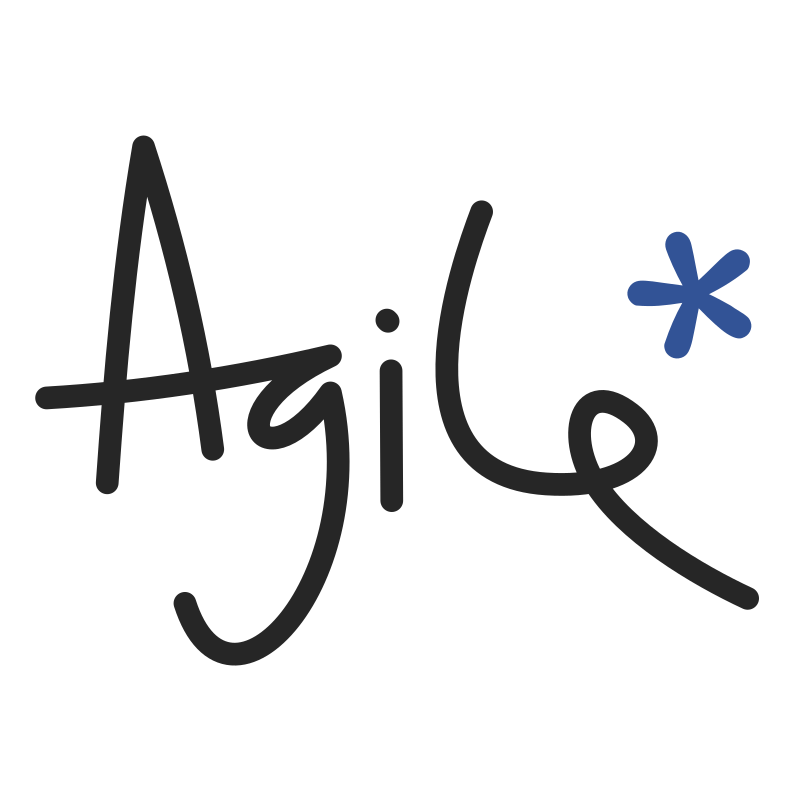








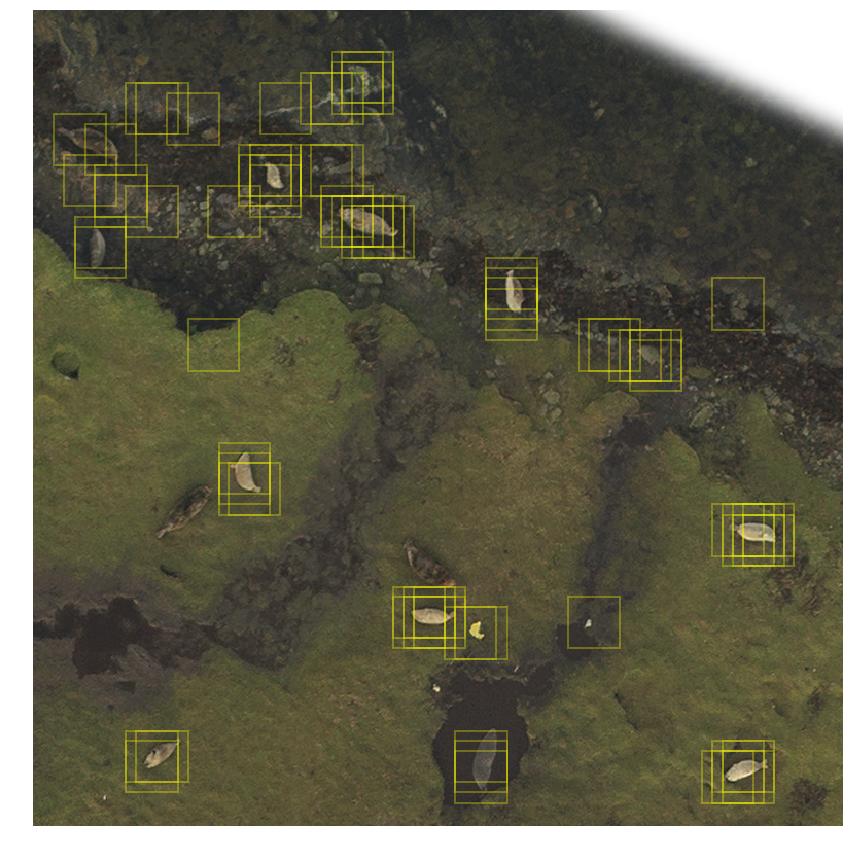








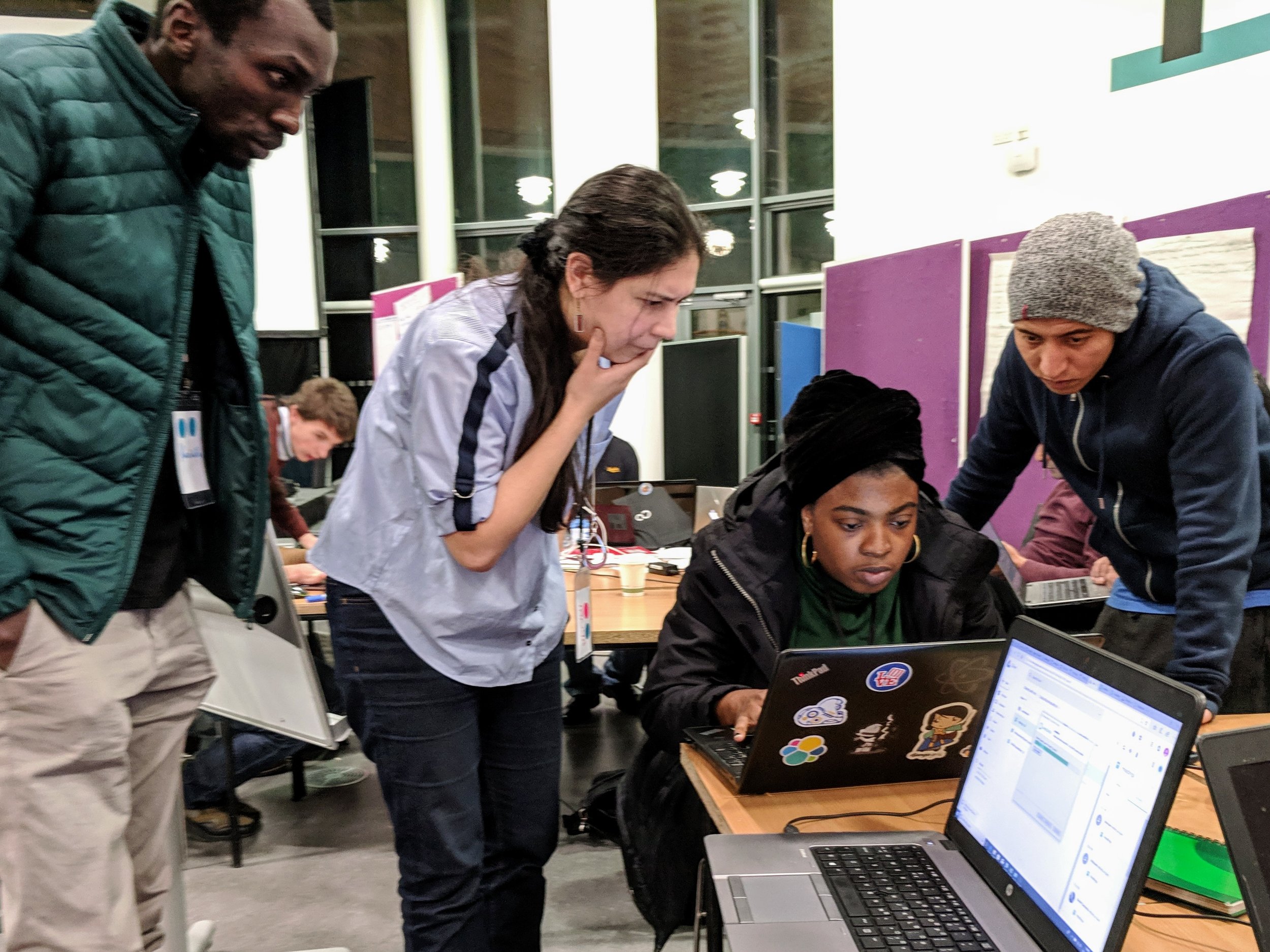
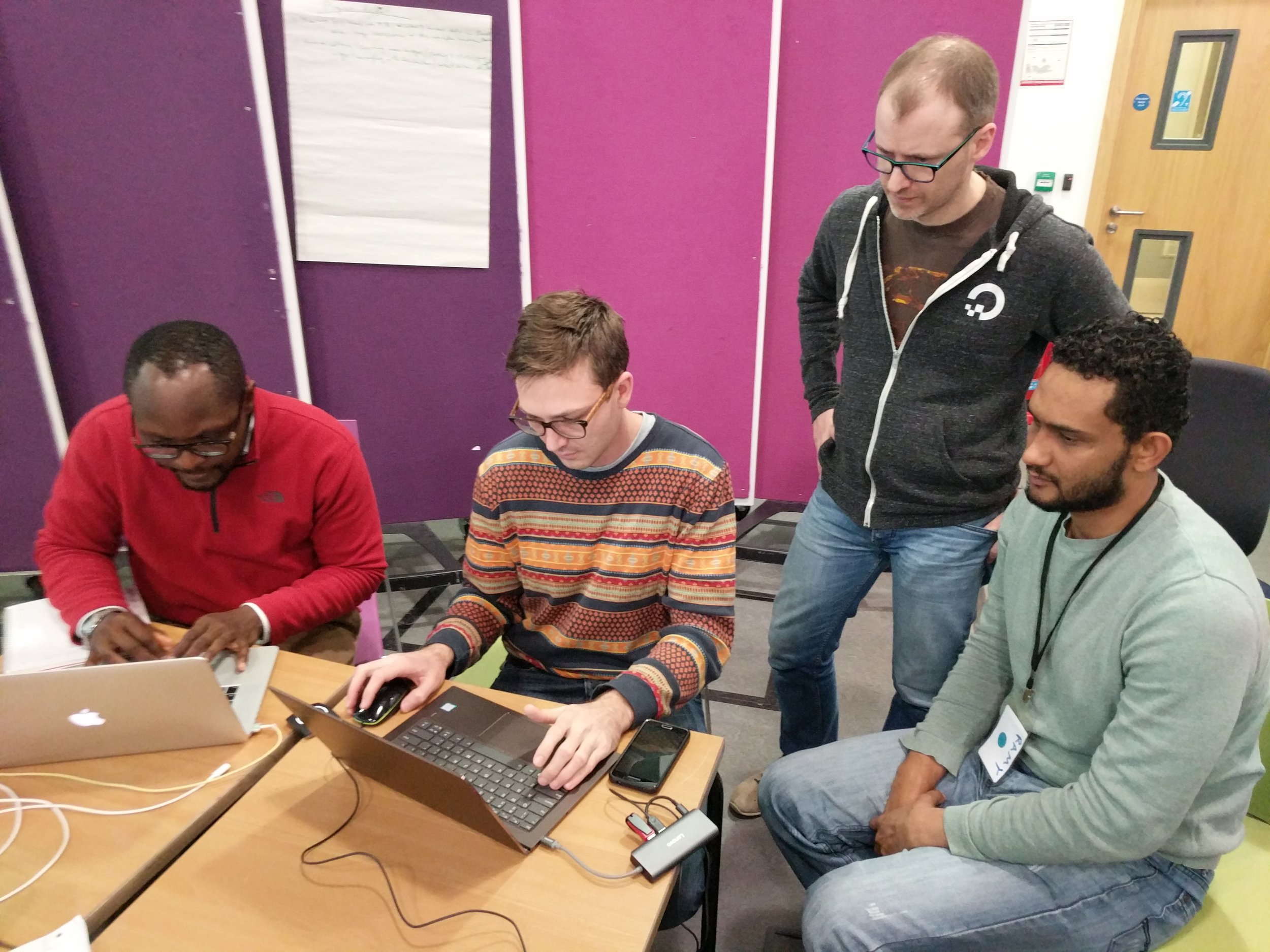
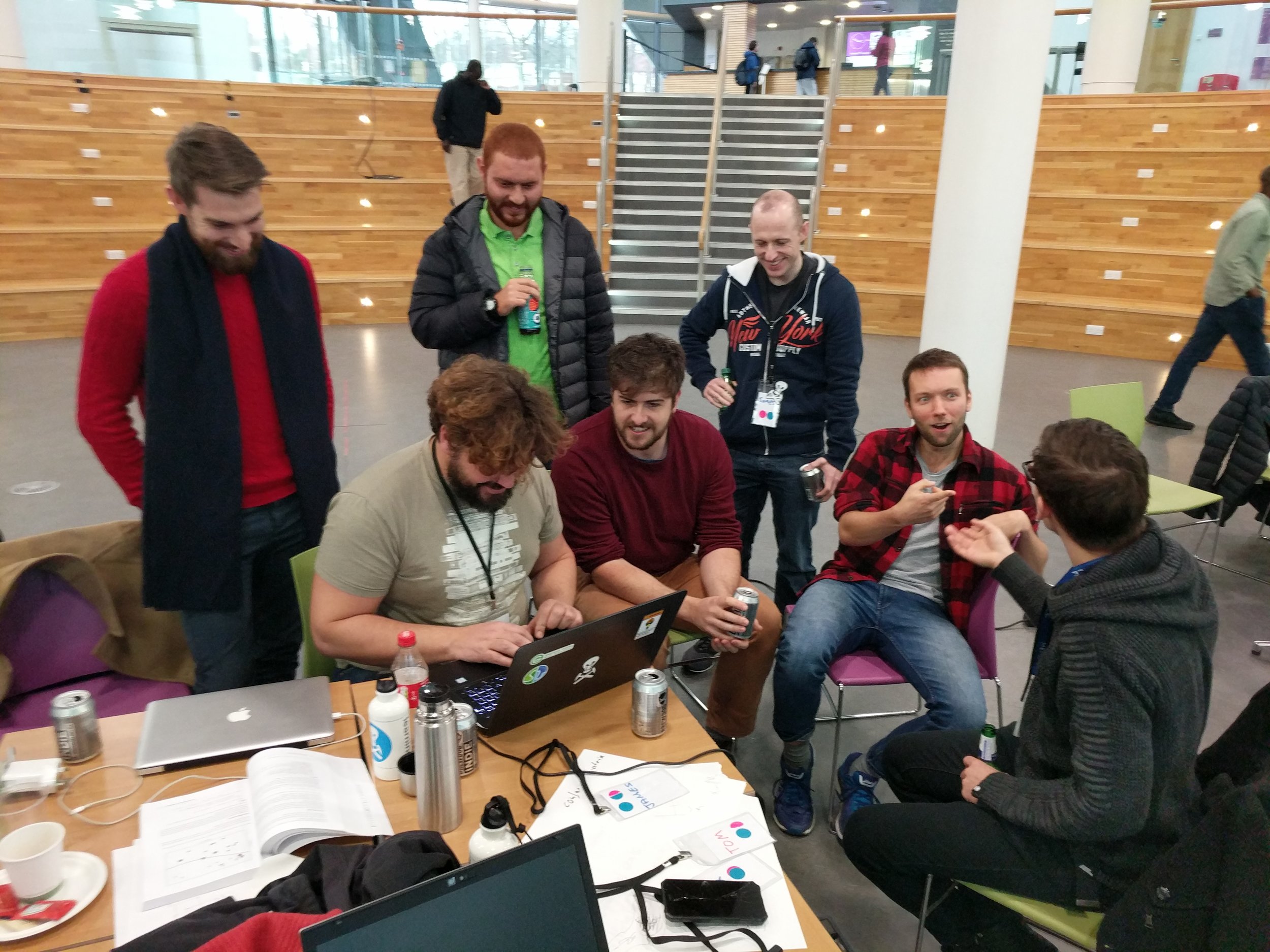

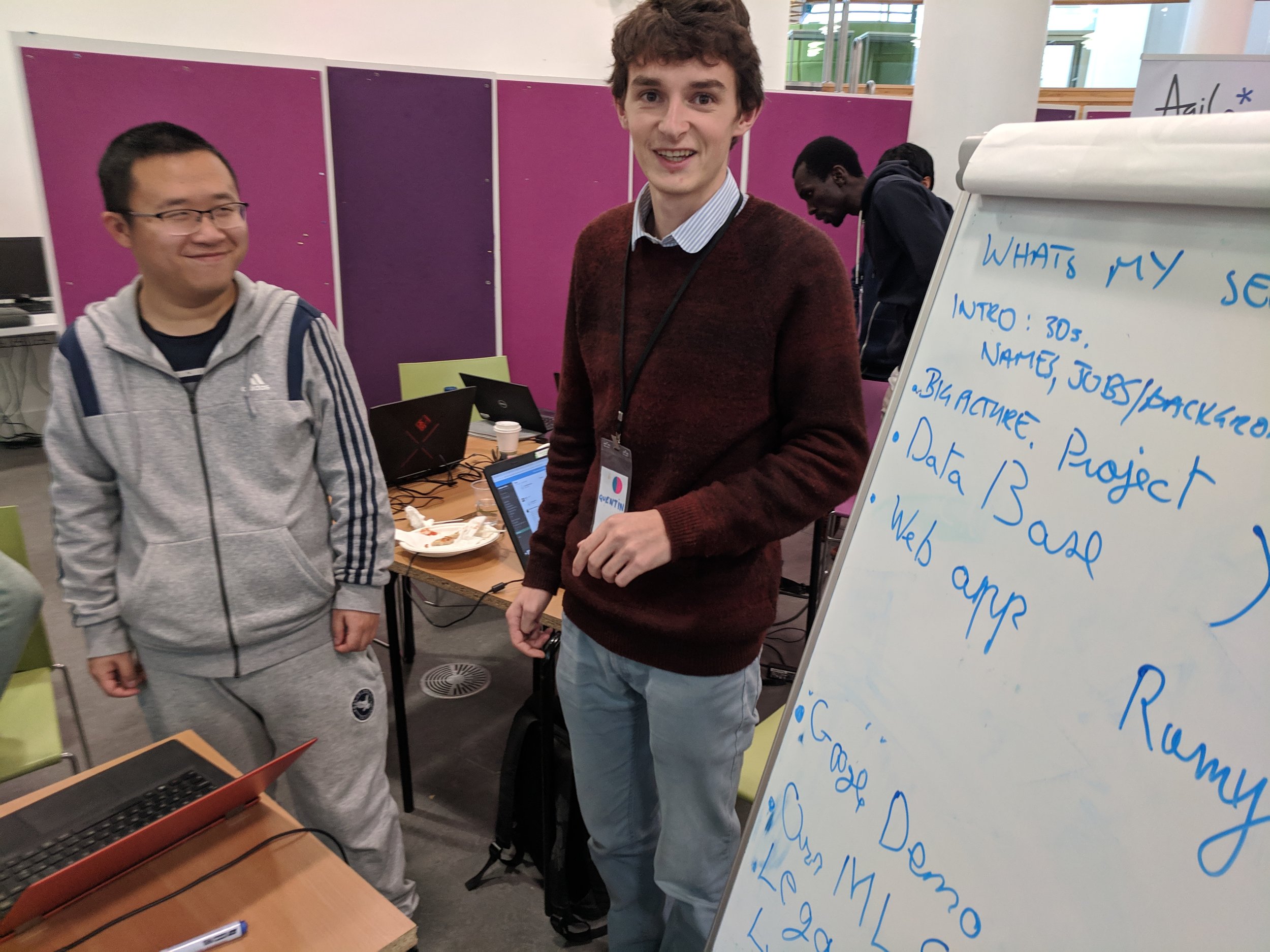
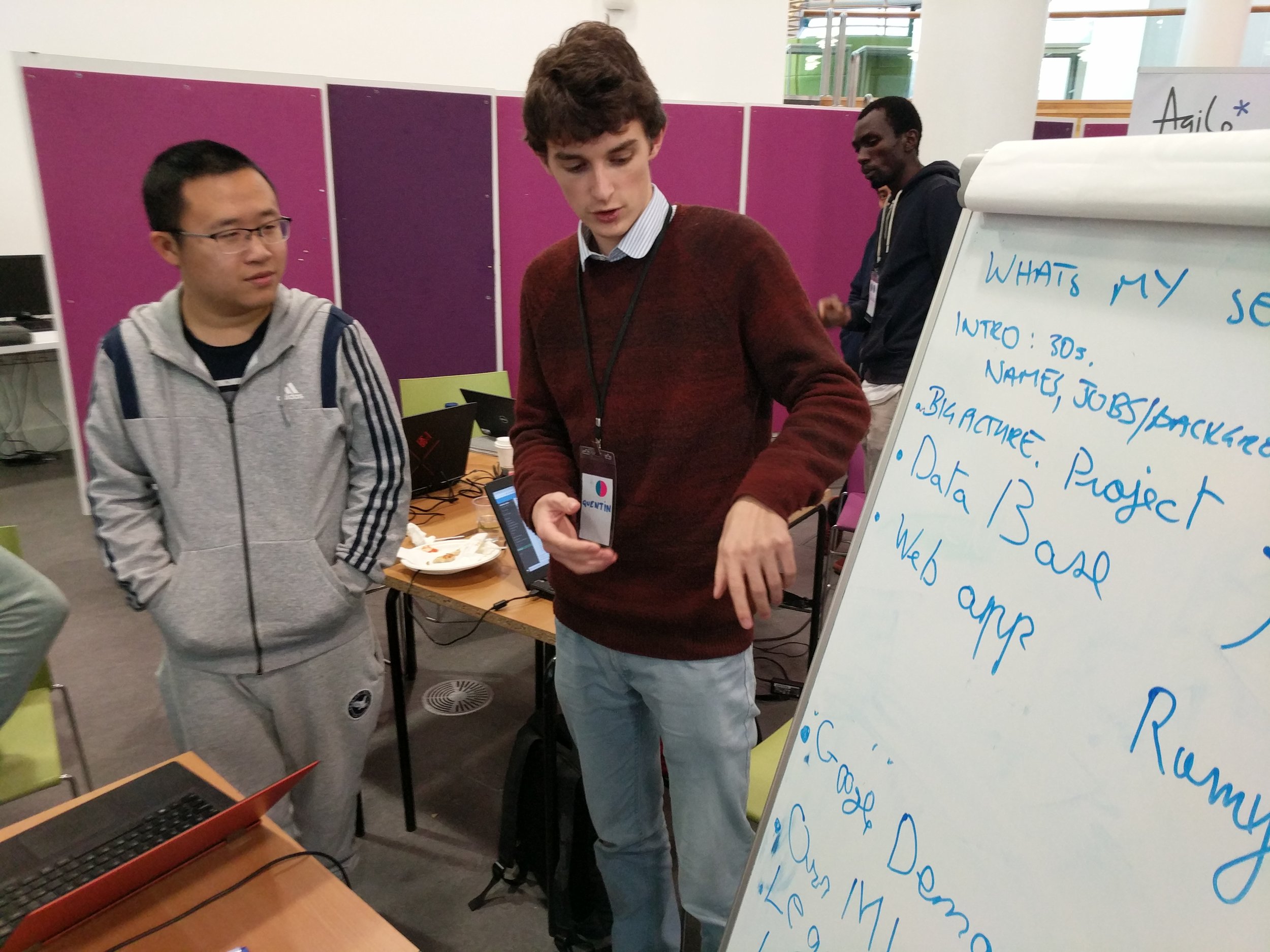
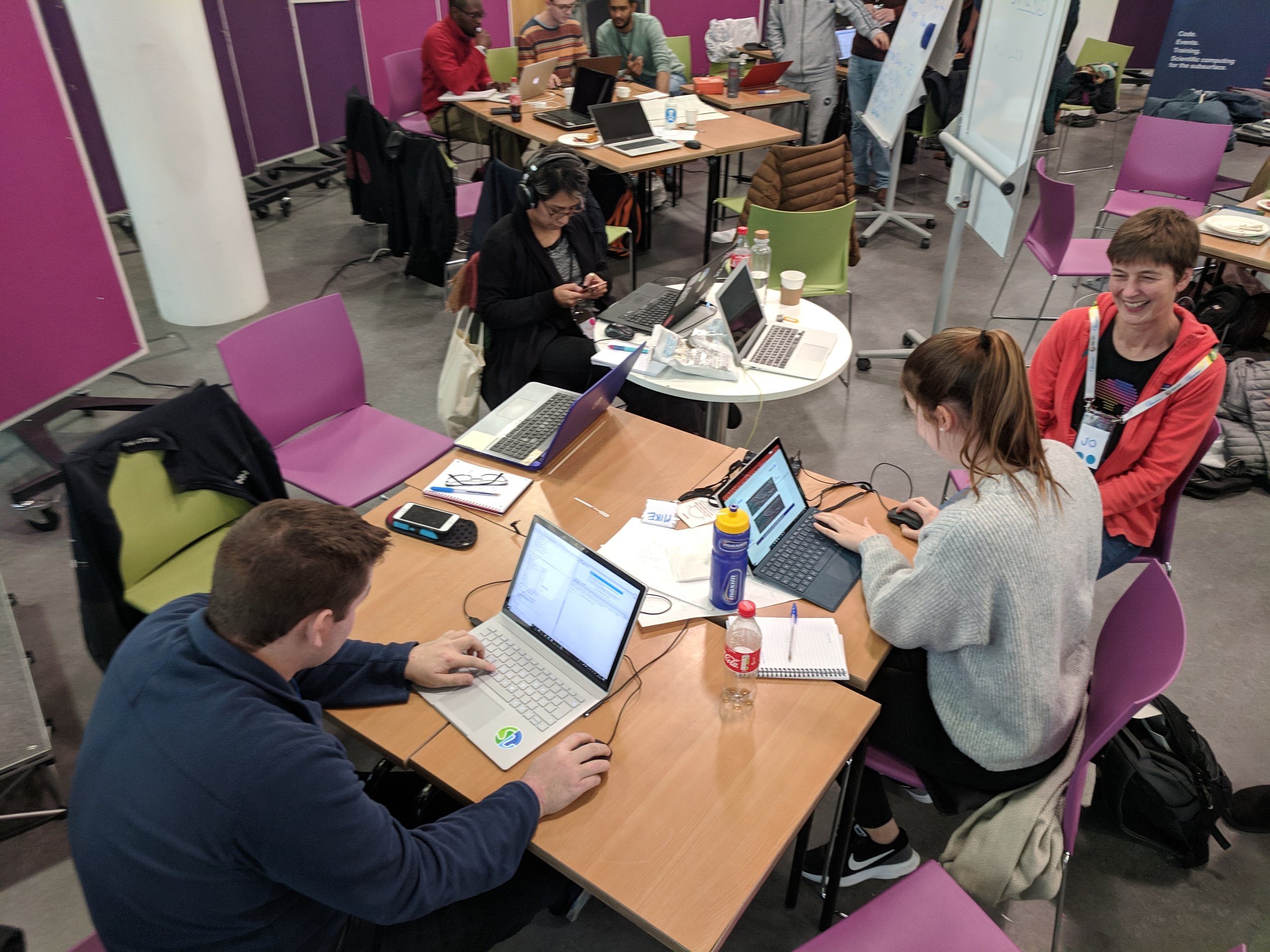
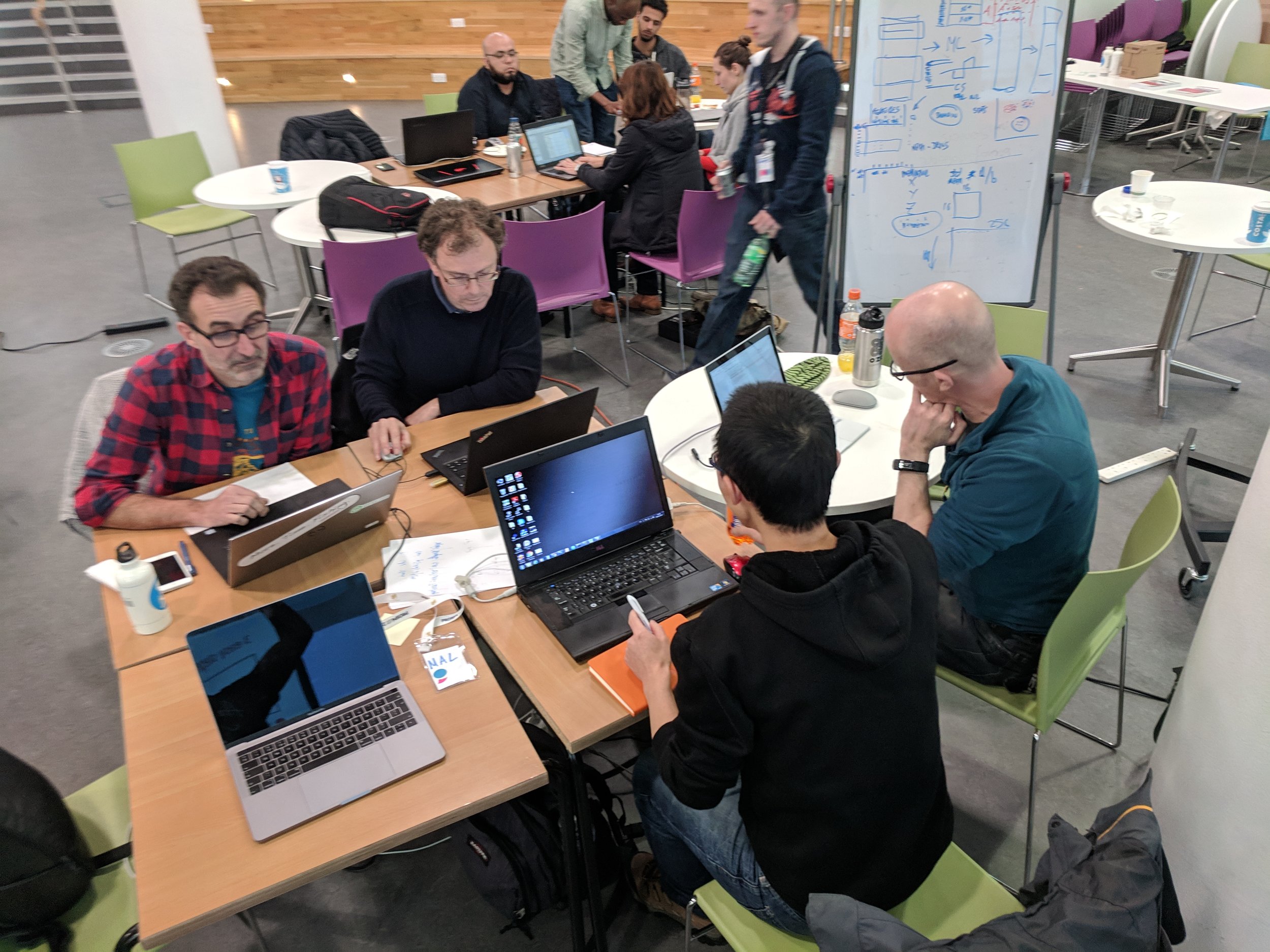

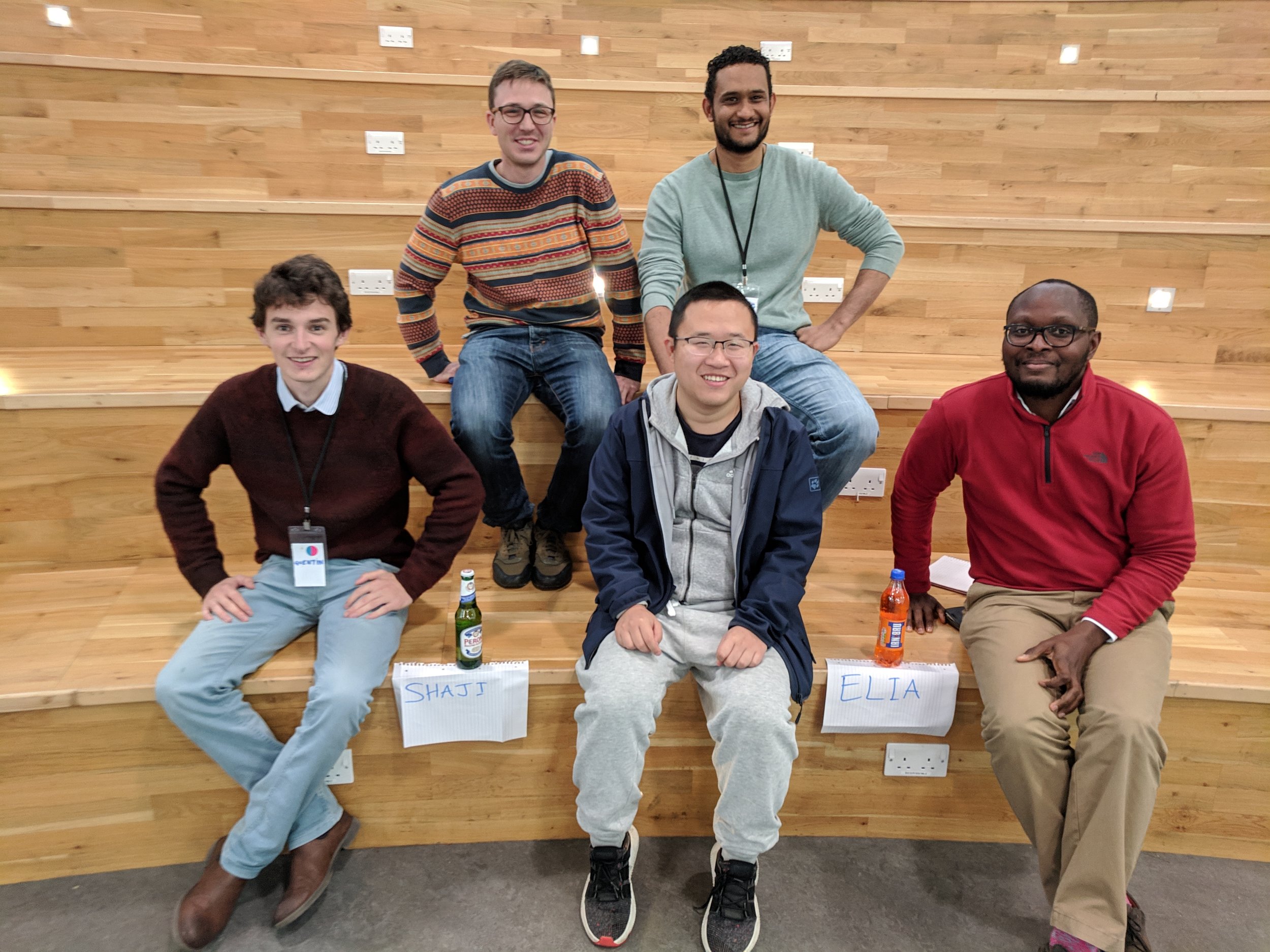
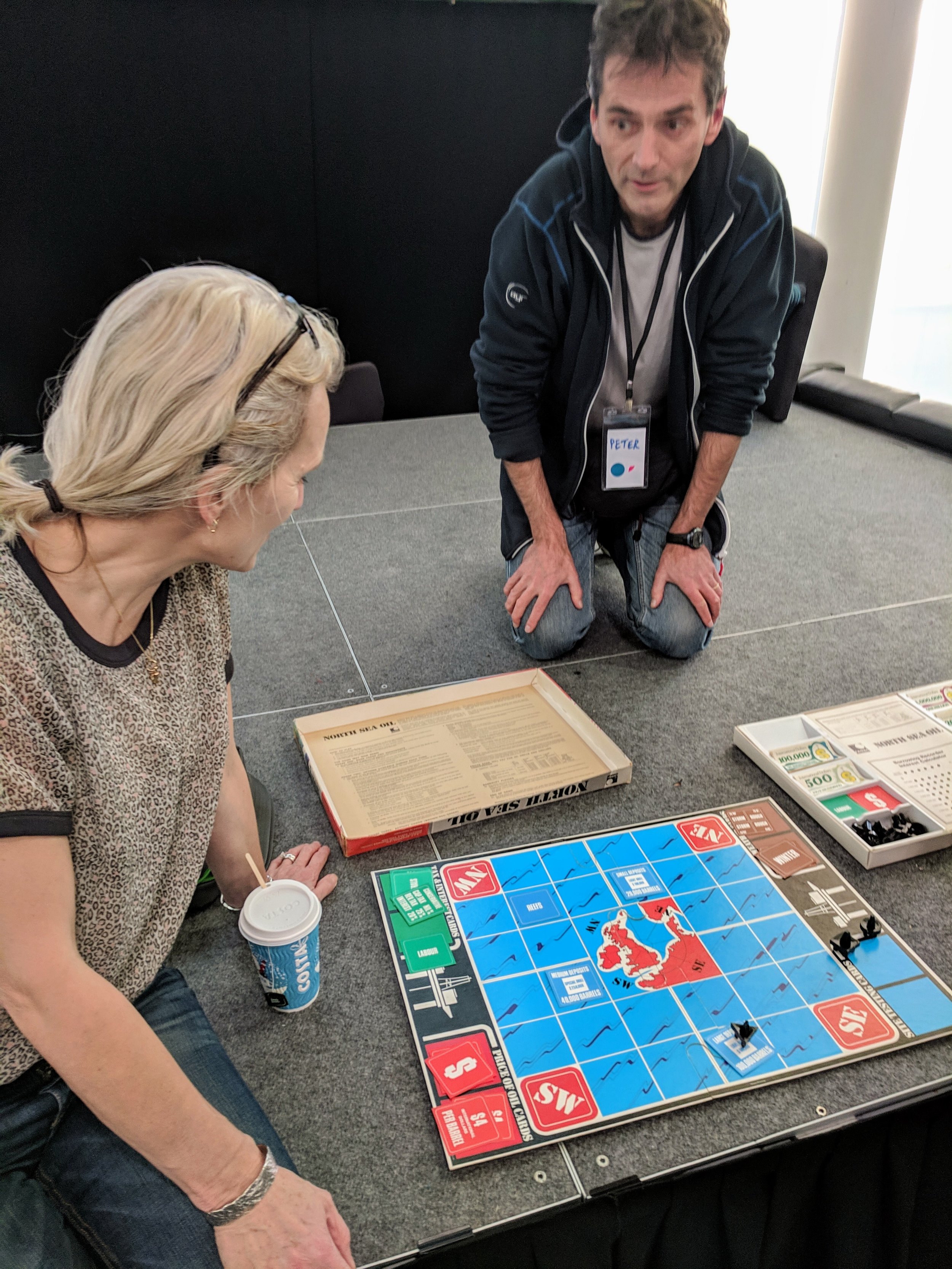
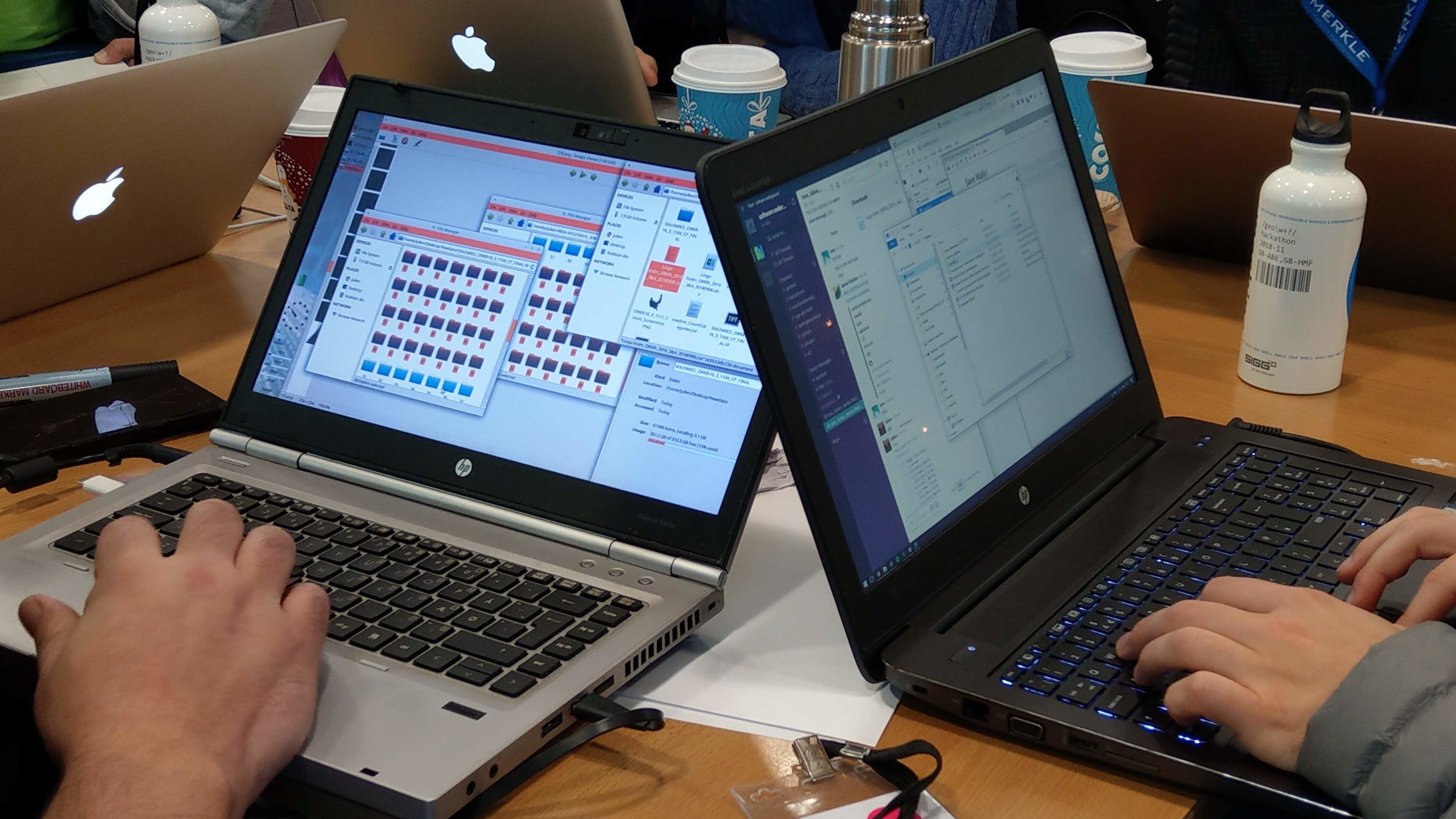
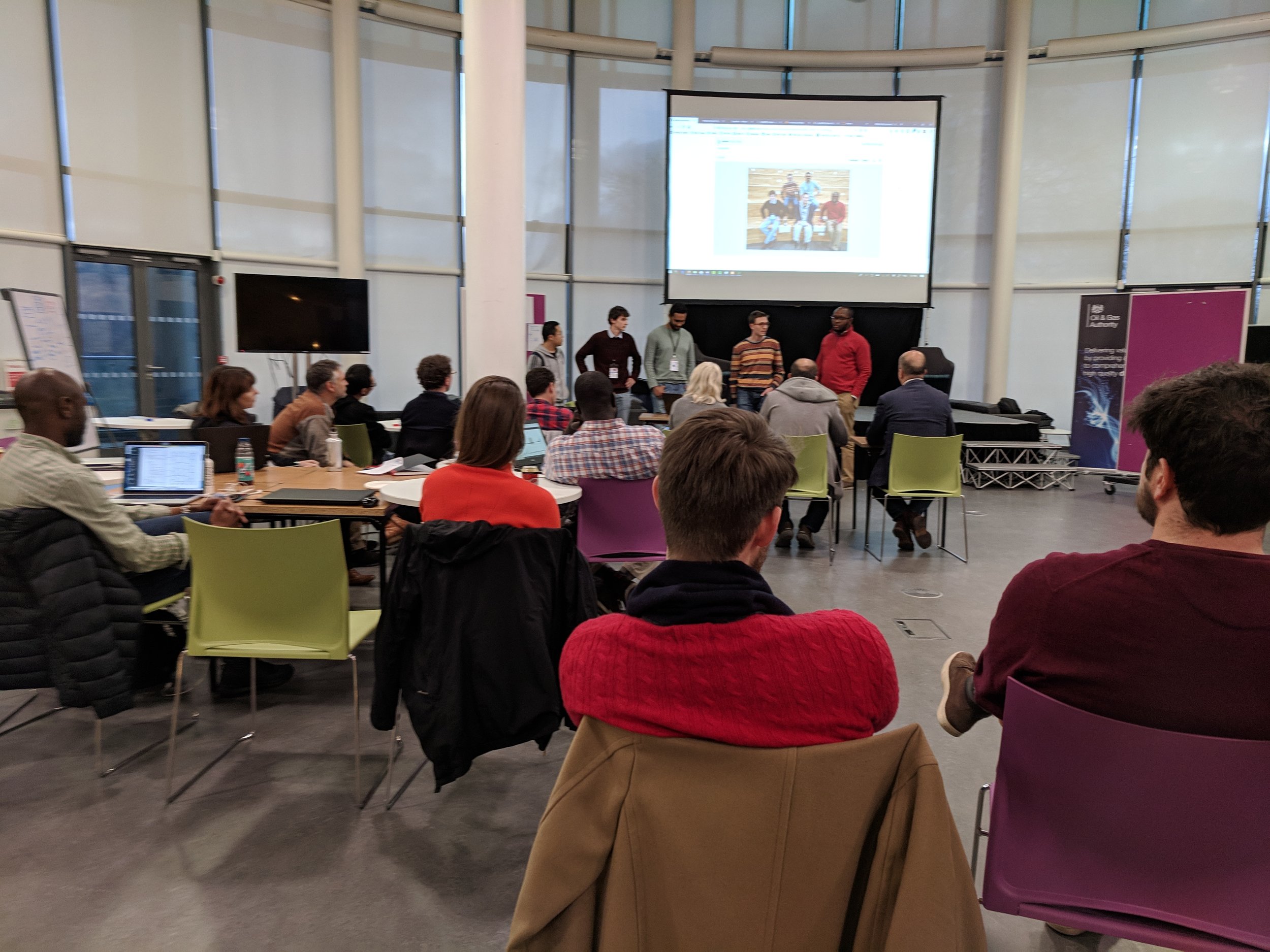





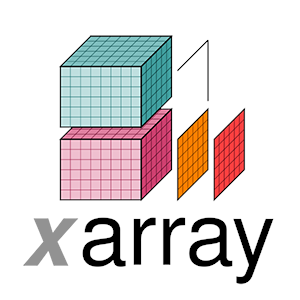

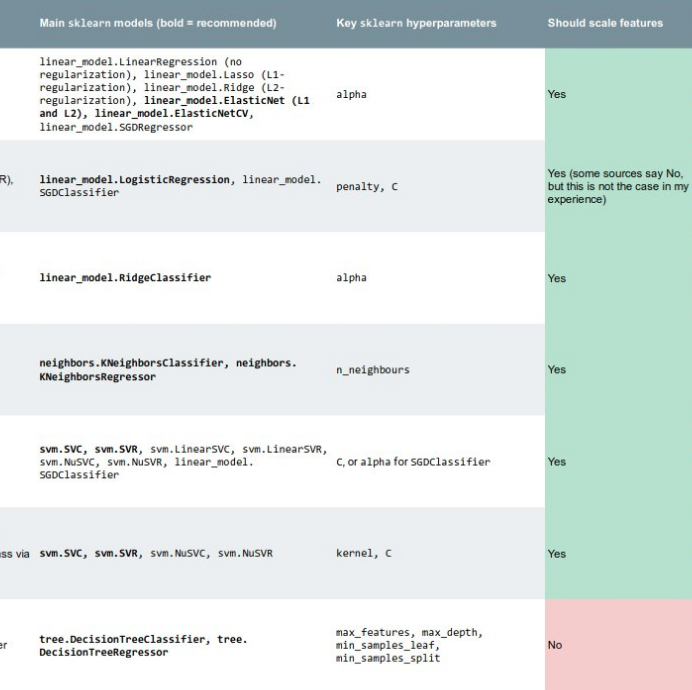


 Except where noted, this content is licensed
Except where noted, this content is licensed